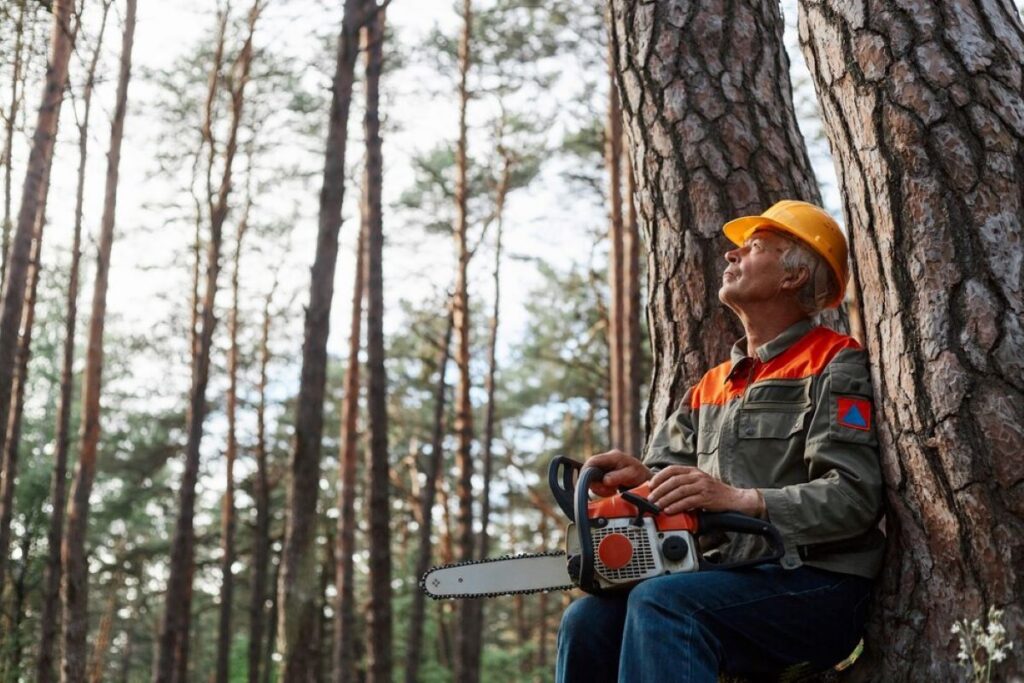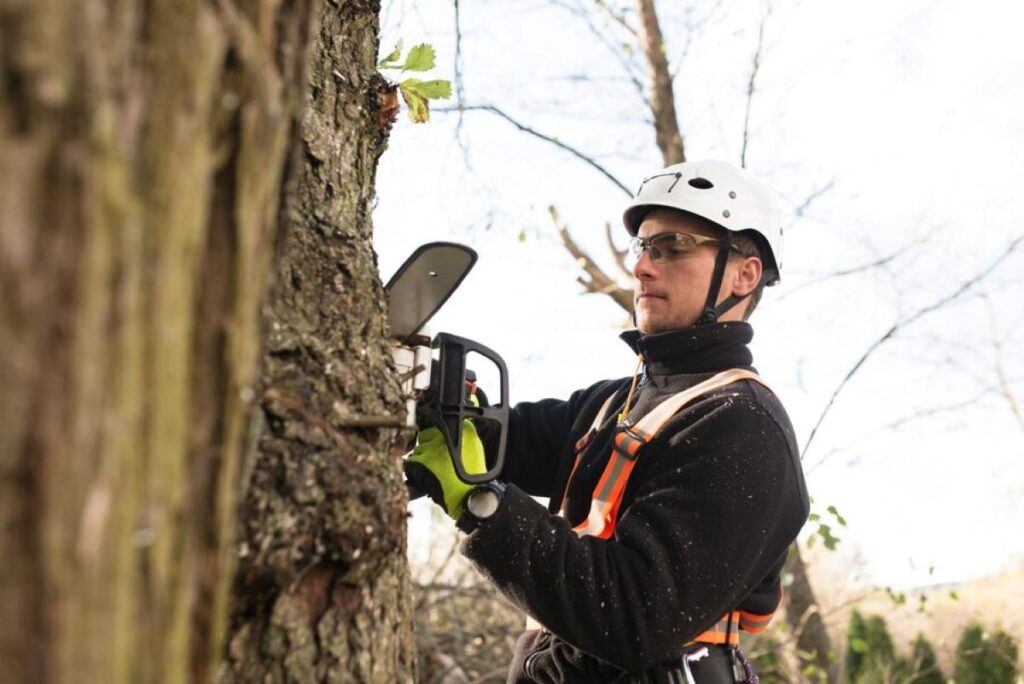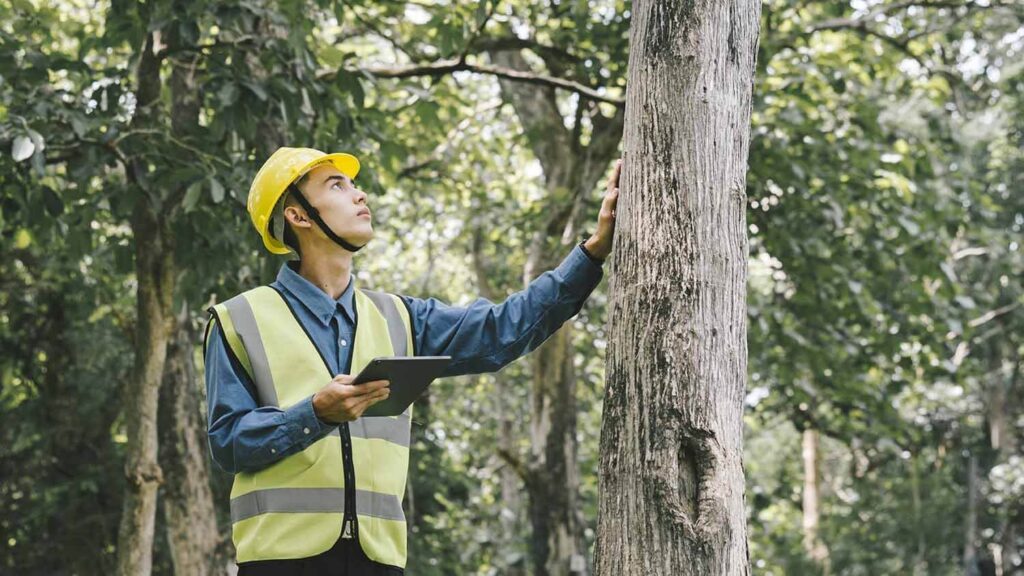Managing trees in urban environments is essential for both aesthetic appeal and safety. In Sydney, where greenery is abundant, tree lopping becomes a necessary task for homeowners and property managers alike. Overgrown branches can pose various risks, including damage to property, interference with power lines, and even potential hazards to pedestrians. Understanding when to schedule a tree lopping session is crucial for maintaining healthy trees and ensuring safety.
Understanding Tree Lopping
Tree lopping involves the removal of branches from a tree, often to improve its shape, health, or safety. This practice is not merely aesthetic; it can significantly enhance the tree’s growth and longevity. However, it is essential to approach tree lopping with care, as improper techniques can lead to long-term damage.
Benefits of Tree Lopping
There are several benefits associated with sydney tree lopping. Firstly, it can promote healthier growth by allowing more sunlight to reach the tree’s interior, which is particularly important for dense canopies. Secondly, lopping helps to remove dead or diseased branches, preventing the spread of pests and diseases. Finally, it can enhance the overall appearance of the tree, making it a more attractive feature in your garden or property. Moreover, tree lopping can also improve air circulation around the tree, which is crucial for maintaining a healthy environment for both the tree and surrounding plants. By ensuring that air can flow freely, you can help reduce the risk of fungal infections that thrive in stagnant conditions.
Risks of Neglecting Tree Maintenance
Failing to manage overgrown branches can lead to numerous risks. Overhanging branches can damage roofs, gutters, and windows, resulting in costly repairs. Additionally, branches that are too close to power lines can create dangerous situations, potentially causing outages or even fires. Furthermore, overgrown trees may obstruct pathways, creating hazards for pedestrians and vehicles alike. Neglecting tree maintenance can also lead to structural weaknesses within the tree itself. As branches grow heavier and more numerous, they can create an imbalance, making the tree more susceptible to wind damage or even uprooting during storms. This not only poses a threat to the tree’s survival but also increases the risk of injury or property damage in the vicinity.
When to Schedule a Tree Lopping Session
Timing is critical when it comes to tree lopping. Scheduling a session at the right time can ensure the health of the tree while minimising risks. There are several factors to consider, including the season, the tree’s growth cycle, and specific environmental conditions.
Seasonal Considerations
In Sydney, the best time for tree lopping is typically during the late winter to early spring months, just before the tree begins its active growth phase. During this period, trees are dormant, meaning they are less susceptible to stress and damage from pruning. Lopping during dormancy also allows for quicker recovery once the growing season begins.
However, it is essential to avoid lopping during extreme weather conditions, such as heavy rain or strong winds, as these can complicate the process and pose safety risks. Additionally, summer lopping should be approached with caution, as trees are actively growing and may not respond well to significant pruning. It is also worth noting that certain species may have unique seasonal requirements; for example, flowering trees often benefit from lopping after their blooming period to avoid cutting off potential blossoms for the next season.
Tree Health and Growth Cycle
Observing the health and growth cycle of the tree is equally important. If a tree shows signs of disease, such as discolouration or wilting leaves, it may require immediate attention. In such cases, lopping can help remove affected branches and improve the tree’s overall health. Regular inspections can help identify these issues early, allowing for timely intervention.
Moreover, understanding the specific growth patterns of different tree species can significantly influence the timing of lopping. For instance, deciduous trees, which shed their leaves in autumn, may require a different approach compared to evergreen varieties that retain their foliage year-round. Additionally, trees that are prone to rapid growth may need more frequent lopping to maintain their shape and structural integrity. Engaging with a professional arborist can provide invaluable insights into the best practices for your particular trees, ensuring that they remain healthy and aesthetically pleasing throughout the seasons.

Signs That Indicate the Need for Tree Lopping
Recognising the signs that a tree needs lopping is crucial for maintaining both safety and aesthetics. Several indicators can suggest it is time to schedule a session.
Overhanging Branches
One of the most apparent signs that tree lopping is necessary is the presence of overhanging branches. If branches are encroaching on your property or extending too close to power lines, it is essential to take action. Not only can these branches cause damage, but they can also pose safety hazards to both people and property. In addition, overhanging branches can obstruct sunlight from reaching your garden, inhibiting the growth of other plants and flowers. Regular lopping can help ensure that your outdoor space remains vibrant and flourishing, allowing for a more enjoyable environment.
Dead or Diseased Branches
Another clear indicator is the presence of dead or diseased branches. These branches can weaken the overall structure of the tree and may lead to further decay. Removing them promptly can help prevent the spread of disease to the rest of the tree and maintain its health. It’s worth noting that certain diseases can be particularly aggressive, potentially affecting nearby trees and plants. By addressing these issues early, not only do you protect the health of your tree, but you also safeguard the surrounding ecosystem, promoting a healthier garden overall.
Unbalanced Growth
Unbalanced growth can also signal the need for lopping. If one side of the tree is growing significantly more than the other, it can lead to structural instability. Lopping can help create a more balanced shape, ensuring the tree remains healthy and stable. Furthermore, an unbalanced tree can become a target for pests, as weakened branches may attract insects looking for a suitable habitat. By maintaining a well-shaped tree, you can deter unwanted infestations and promote a more resilient tree structure, ultimately enhancing the longevity and beauty of your landscape.
Choosing the Right Professionals for Tree Lopping
When it comes to tree lopping, selecting the right professionals is vital. Experienced arborists possess the knowledge and skills necessary to perform the task safely and effectively. Here are some factors to consider when choosing a tree lopping service in Sydney.
Qualifications and Experience
Always check the qualifications and experience of the tree lopping service. Look for certified arborists who have undergone proper training in tree care and maintenance. Experienced professionals will understand the specific needs of different tree species and can provide tailored solutions.
Insurance and Safety Practices
It is crucial to ensure that the tree lopping company has adequate insurance coverage. This protects both the workers and the property owner in case of accidents or damage during the lopping process. Additionally, inquire about their safety practices and equipment to ensure that they adhere to industry standards.
Customer Reviews and Recommendations
Reading customer reviews and seeking recommendations can provide valuable insights into a company’s reputation. Look for feedback regarding their professionalism, quality of work, and overall customer satisfaction. A reputable company will have a track record of positive reviews and satisfied clients.
Cost Considerations for Tree Lopping
The cost of tree lopping can vary significantly based on several factors, including the size of the tree, the extent of the lopping required, and the location of the tree. Understanding these factors can help homeowners budget effectively for tree maintenance.
Size and Height of the Tree
Generally, larger and taller trees will incur higher costs for lopping due to the increased complexity and safety risks associated with the job. The equipment required for larger trees may also contribute to the overall cost. Homeowners should consider obtaining quotes from multiple services to get a clearer picture of potential expenses.
Extent of Work Required
The extent of the lopping required will also impact the cost. If a tree requires extensive pruning or removal of multiple branches, it will likely be more expensive than a simple trim. Be sure to discuss your specific needs with the service provider to receive an accurate estimate.
Location and Accessibility
The location of the tree can also influence the cost. Trees situated in hard-to-reach areas or those that require additional safety measures will typically incur higher fees. Accessibility can affect the time and resources needed to complete the job efficiently.

DIY Tree Lopping: Is It Worth the Risk?
While some homeowners may consider tackling tree lopping as a DIY project, it is essential to weigh the risks and benefits carefully. Although it can save money, the potential dangers and consequences often outweigh the advantages.
Safety Risks
Tree lopping can be hazardous, especially for those without experience. Working at heights and using sharp equipment poses significant risks, including falls, injuries, and property damage. Professional arborists are trained to handle these risks safely, ensuring the job is completed without incident.
Potential for Damage
Improper lopping techniques can lead to severe damage to the tree, potentially harming its health and stability. Without the right knowledge, it is easy to make mistakes that could result in long-term consequences. Hiring professionals ensures that the lopping is done correctly, preserving the tree’s health.
Time and Effort
Tree lopping can be time-consuming and labour-intensive. For many homeowners, the time and effort required to complete the job may not be worth the savings. Hiring a professional service allows homeowners to focus on other priorities while ensuring the tree is well cared for.
See Also : Avoid Common Hazards with Experienced Arborists in Sydney
Conclusion
Scheduling a tree lopping session for overgrown branches in Sydney is a crucial aspect of maintaining both the health of the tree and the safety of the surrounding environment. By understanding the signs that indicate the need for lopping, choosing the right professionals, and considering the timing and costs involved, homeowners can ensure their trees remain healthy and aesthetically pleasing.
Ultimately, investing in professional tree lopping services not only enhances the beauty of the property but also mitigates risks associated with overgrown branches. By prioritising tree maintenance, property owners can enjoy the benefits of a safe and attractive outdoor space for years to come.

